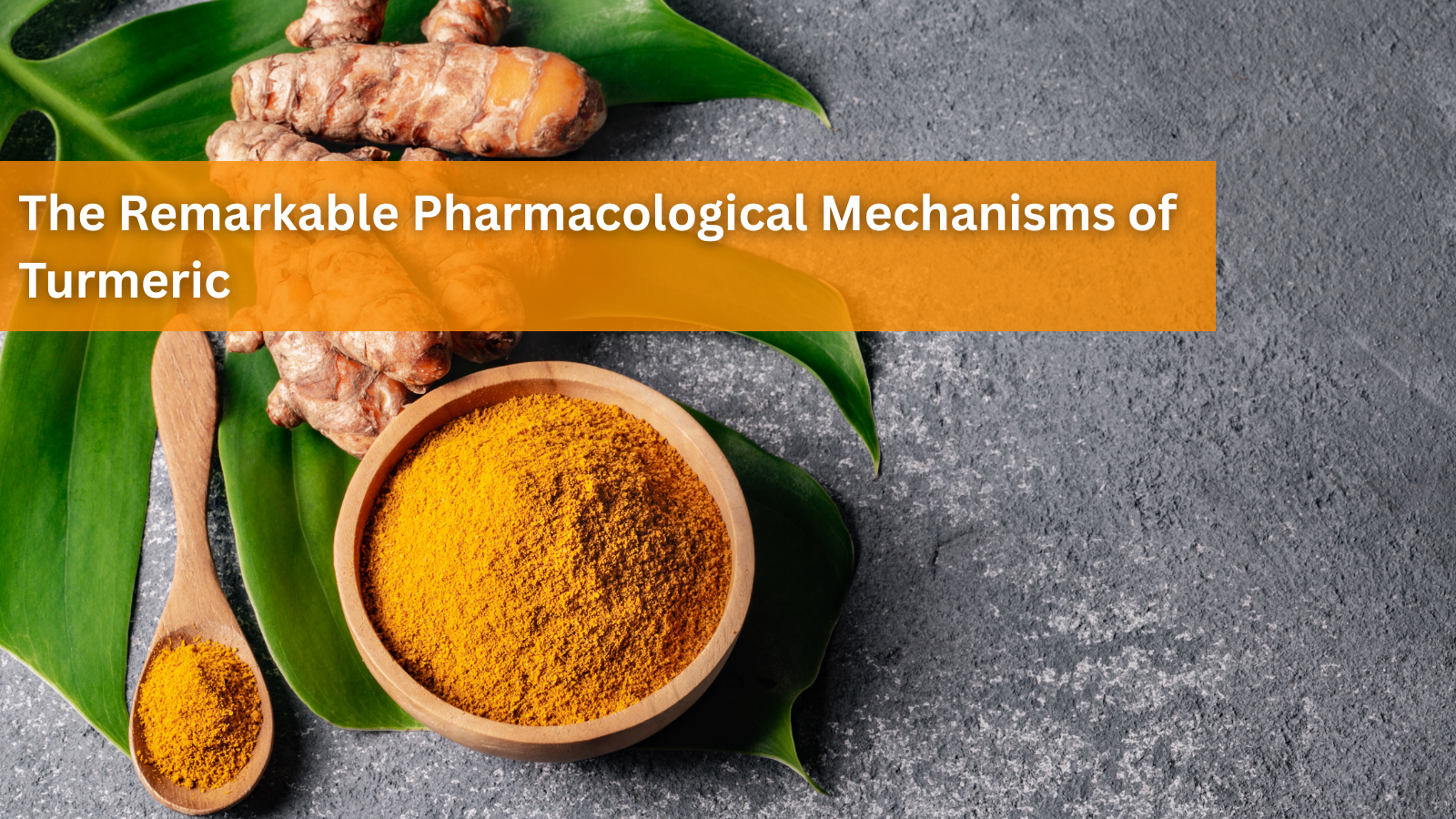Understanding Pathogenic Biofilms and Natural Remedies for Bacteria and Parasites

When it comes to persistent infections caused by bacteria or parasites, there’s one term that has gained attention in recent years—biofilms. Biofilms are incredibly resilient microbial communities that stick to surfaces and shield pathogens from treatment efforts. These coatings protect bacteria and parasites, making them more resistant to antibiotics, antifungals, and the body’s immune responses.
Naturopathy, rooted in using natural remedies to heal the body and prevent disease, offers promising strategies for combating these biofilms. By combining ancient knowledge with modern science, naturopathic treatments can effectively inhibit biofilm formation, disrupt existing biofilms, and promote overall health.
This blog will explore the different types of pathogenic biofilms caused by bacteria and parasites and highlight naturopathic remedies that show potential in addressing these stubborn infections.
What Are Pathogenic Biofilms?
A biofilm is like a microbial fortress. It’s a protective layer made of sugars, proteins, and other molecules that pathogens produce to shield themselves. While biofilms can form anywhere, they are particularly problematic when they appear:
- Inside the gut or respiratory tract
- On chronic wounds
- On teeth (as dental plaque)
- On medical devices (catheters, implants, etc.)
Biofilms caused by bacteria or parasites make infections harder to treat because traditional antimicrobials often fail to fully penetrate the thick, sticky barrier they create.
Types of Biofilms
- Bacterial Biofilms
Common bacteria such as Pseudomonas aeruginosa, Staphylococcus aureus, and Escherichia coli are notorious for biofilm formation. These biofilms are often linked to chronic infections like ear infections, UTIs, sinusitis, and infected wounds.
- Parasitic Biofilms
Some parasites, including protozoa like Blastocystis hominis or Giardia lamblia, may also form biofilms in the gut or other areas. These biofilms may harbor parasite eggs, trophozoites, or cysts, allowing them to resist treatment while causing persistent gastrointestinal symptoms.
The Role of Naturopathy in Biofilm Management
Naturopathic medicine takes a holistic approach to treating infections by addressing both the root cause and the body’s ability to heal itself. Here’s how naturopathic remedies can target and manage pathogenic biofilms.
Key Strategies
- Disruption of Biofilm Structure
Certain natural compounds can dissolve or weaken the components of biofilms, making them more vulnerable to other treatments.
- Antimicrobial Effects
Many herbal and plant-based remedies have natural antimicrobial properties that can kill bacteria and parasites both inside and outside biofilms.
- Immune System Boosting
Strengthening the immune system ensures the body has the resources to fight pathogens effectively.
Naturopathic Remedies for Biofilms
Below are some remedies most commonly used in naturopathy for managing bacterial and parasitic biofilms.
1. Garlic (Allium sativum)
Garlic contains allicin, a compound with strong antimicrobial and biofilm-disrupting properties. Studies show garlic extracts can significantly impair the formation of bacterial biofilms, particularly Pseudomonas aeruginosa. Garlic also has antiparasitic activity, making it an excellent remedy for intestinal parasites.
2. Berberine
Found in plants like goldenseal and barberry, berberine is a natural antimicrobial agent known for its effectiveness against bacterial biofilms. It interferes with quorum sensing—a communication system bacteria use to form biofilms. Berberine may also help reduce intestinal parasites.
3. Curcumin
This active compound from turmeric is not only anti-inflammatory but also a known biofilm disruptor. Studies have demonstrated that curcumin can inhibit bacterial biofilm formation and even break down established biofilms.
4. Manuka Honey
This type of honey, derived from the manuka tree, has strong antimicrobial properties. It prevents bacteria from adhering to surfaces and forming biofilms. Its high sugar content also draws water away from the biofilm, breaking it apart.
5. Cranberry
Popular for urinary tract infections, cranberry contains compounds like D-mannose, that prevent bacteria from adhering to surfaces, making it harder for them to form biofilms.
6. Essential Oils
Essential oils like oregano, thyme, and tea tree oil have demonstrated high potency against bacterial and parasitic biofilms. Oregano oil, in particular, contains carvacrol and thymol, which penetrate biofilms and kill pathogens.
7. Probiotics
Probiotics such as Lactobacillus and Bifidobacterium can outcompete pathogenic bacteria and disrupt their biofilms. Probiotics also help restore gut health if it’s been compromised by parasitic biofilms.
8. Enzymes
Last but not least, enzymes like nattokinase and serrapeptase are potent biofilm disruptors and can break down the protein structures of biofilms, exposing the pathogens underneath to treatments. These enzymes are often used as part of a comprehensive biofilm treatment protocol.
Supportive Lifestyle Changes
Naturopathy doesn’t stop at herbal remedies. Lifestyle changes also contribute significantly to biofilm management.
- Dietary Changes
Reduce sugar and processed foods to a minimum, which fuel biofilm formation. Focus on a nutrient-dense diet rich in vegetables, lean proteins, and healthy fats.
- Hydration
Adequate water intake supports detoxification and helps flush out biofilm debris during treatment. Ensure your water has adequate electrolytes, such as by adding electrolyte drink mixes, or simply adding trace minerals to improve taste and alkalinity.
- Stress Management
Chronic stress weakens the immune system, making it harder for your body to fight infections. Include mindfulness techniques like yoga or meditation in your routine.
- Regular Detox
Naturopathic practitioners often recommend gentle detox protocols, including liver- and kidney-supportive herbs like dandelion and milk thistle. Intermittent, and water fasting, are also potent remedies for combatting entrenched biofilms and gut dysbiosis.
Final Thoughts
Biofilms may be tough foes, but the naturopathic toolbox offers a variety of remedies to combat these resilient structures. From the antimicrobial strength of garlic to the biofilm-busting power of enzymes, natural solutions can complement and enhance your efforts to overcome stubborn infections.
When dealing with biofilms, it’s essential to consult with a healthcare professional or naturopathic expert before beginning treatment. The complexity of biofilms means they often require a tailored, multi-faceted approach to be successfully managed.
If you’re ready to explore how naturopathic remedies can help with bacterial or parasitic biofilms, connect with a qualified practitioner or herbalist today. They’ll guide you through creating a customized plan that promotes both healing and long-term health.
1 comment

November 02, 2025
The Remarkable Pharmacological Mechanisms of Turmeric
Turmeric (Curcuma longa), the golden spice that has been used in traditional medicine for over 5,000 years, has emerged as one of the most extensively studied natural compounds in modern science. With over 20,000 published studies on cu...
Read more
November 02, 2025
The Nitrite Debate: Should Britain Ban These Controversial Food Additives Amid Rising Cancer Rates?
Introduction A public health controversy is intensifying across the United Kingdom as mounting evidence links nitrite food additives to the nation's alarming rise in colorectal cancer cases. British health advocates, cancer charities, a...
Read more
November 02, 2025
When Watchdogs Become Lapdogs: The Hidden Financial Web Behind the Surgeons General's Attack on RFK Jr
In what initially appeared to be a unified medical establishment standing against controversial HHS Secretary Robert F. Kennedy Jr., six former U.S. Surgeon Generals penned a scathing Wall Street Journal op-ed condemning his leadership...
Read more




Thank you for the info!
Unfortunately conventional medicine is not familiar and has no knowledge of the subject discussed here. We, patients, have to educate ourselves or look for a functional/ naturopathic dr. Mold and plastic are new environmental /mycotoxins that our body has yet to learn how to resist and get rid of.
Leave a comment